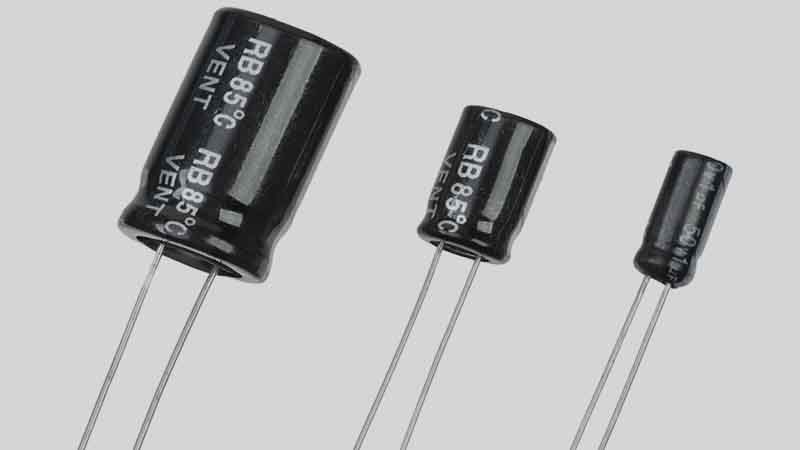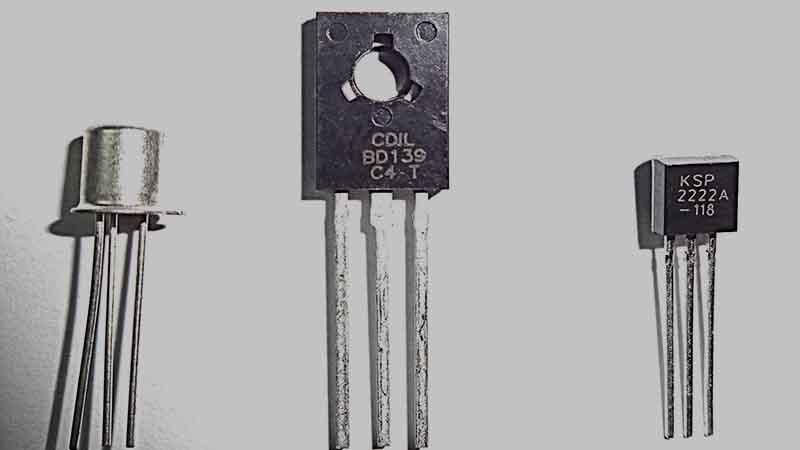PNP transistors and NPN transistors are both bipolar junction transistors. You use these transistors everyday without even realizing it. Each time you flick an on and off light switch, you are utilizing the power of a bipolar junction transistor. It is a standard electronic component found in virtually all electrical devices and appliances. These transistors depend on holes and electrons in order to function.
Since PNP transistors and NPN transistors both allow electric currents to be amplified, you can use these transistors as oscillators or amplifiers as well. However, there are also differences between PNP transistors and NPN transistors. For instance, the holes of PNP transistors serve as the majority charge carriers, while the electrons of NPN transistors service as the majority charge carriers.
Basically, the NPN transistor will activate as the transistor base has an electric current flowing through it. The electric current flows to the emitter from the collector in an NPN transistor. But when you activate a PNP transistor, the base does not have any current. Instead, the electric current flow goes to the collector from the emitter. As a result, a low signal turns on a PNP transistor while a high signal turns on an NPN transistor.
NPN Transistor
The NPN acronym stands for “negative, positive, negative.” In other words, you have two negatively charged layers with a positively charged layer in the middle of them. You’ll find NPN transistors used mostly in circuits that enable the amplification or switching of electrical signals as they go through them.
Three terminals are found in every NPN transistor. You have the base terminal, collector terminal, and the emitter terminal. These three terminals are what link to the circuit board. As the electric current passes through the transistor, it is received by the base terminal first. This causes the collector terminal to create a more powerful electric current.
After this powerful current is generated, the emitter terminal transfers the current to the electric circuit. Therefore, the electric current goes from the collector terminal to the emitter terminal. The base terminal simply needs to receive a standard electric current to start the process.
PNP Transistor
The PNP acronym stands for “positive, negative, positive.” In other words, you have two positively charged layers with a negatively charged layer in the middle of them. This is obviously the opposite of the NPN transistor, which has two negatively charged layers and one positively charged layers in the middle.
A PNP transistor has holes which serve as its main charge carrier. There are still three terminals in a PNP transistor just like in an NPN transistor. You have the base terminal, emitter terminal, and collector terminal. However, there are different materials used to make these terminals in a PNP transistor than there are in an NPN transistor. The base terminal and collector terminal are reversed biased all the time, which means negative voltage is required for the collector terminal.
Read also:
- Step Down Transformer: Functions, Working Principle, and Types
- The Difference Between Step-up and Step-down Transformers
- 7 Different Types of Resistors and Color Code Explanation
Summary of the Differences
PNP transistors and NPN transistors are made out of different materials, which causes the flow of the electric current in each of them to be different too. A PNP transistor has the electric current flowing to the collector from the emitter, while the NPN transistor has the electric current flowing to the emitter from the collector.
When the base terminal of an NPN transistor receives a stronger current, it activates the transistor and causes another big current to form in the collector terminal and pass to the emitter terminal. When the base terminal current is decreased, it deactivates the transistor more. Once the current gets low enough, the conduction between the collector terminal and emitter terminal no longer exists.




